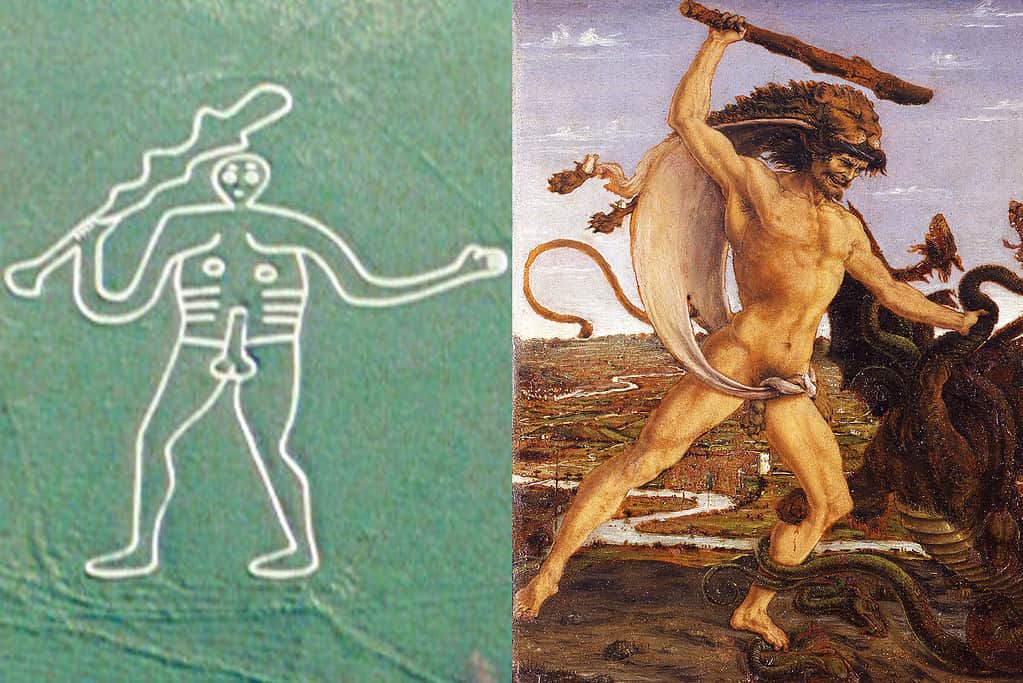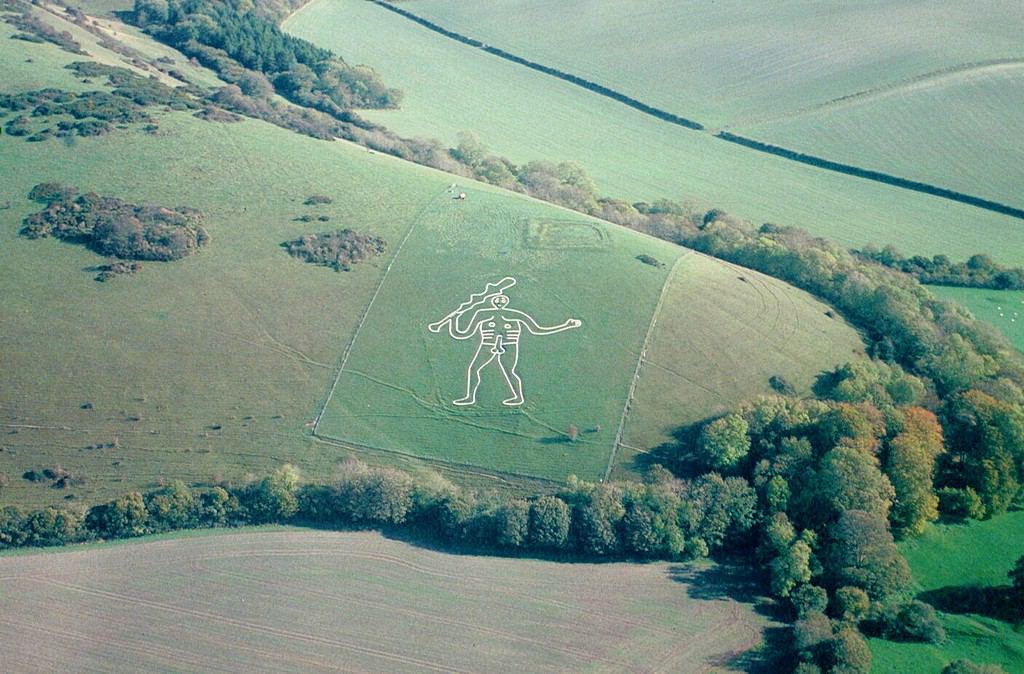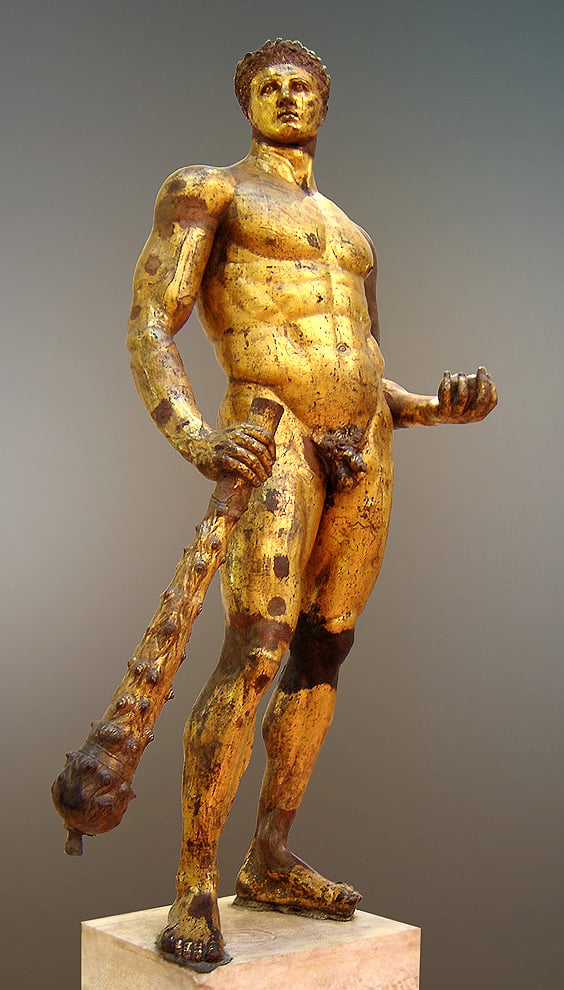Dorset County in England is famous for two things: its scenic Jurassic coastline and the 180-foot tall Cerne Abbas Giant, a mysterious chalk-carved figure of a naked man with an erection and a club in his right hand. As it turns out, there may be more to than giant than meets the eye.

Although the giant is an integral part of folk tales and local culture, scientists haven’t been able to find where the figure came from and what it depicts. Now, a recent study from Oxford University researchers claims that the figure symbolizes Hercules and its site served as a muster station for the West Saxon troops defending against Vikings during the early medieval era.
“This is not what was expected. Many archaeologists and historians thought he was prehistoric or post-medieval, but not medieval. Everyone was wrong, and that makes these results even more exciting,” Mike Allen, a geoarchaeologist who was not involved in the study, told National Trust.
The Cerne Abbas Giant’s lore
This isn’t the first time the Cerne Abbas Giant has been associated with a popular ancient or mythological character. For example, some people believe the figure depicts an invader from Denmark who was beheaded by the locals. On the other hand, Christian religious groups and monks consider the giant a depiction of Eadwold of Cerne, a ninth-century saint.
But despite a lot of speculation and half-clues, there are few pieces of evidence regarding the origin and purpose of the giant.
“Having a large, very obviously naked, pagan figure on your doorstep was an inconvenient fact for the monks. They engaged in a piece of intellectual interpretation, associating him with their patron saint, Eadwold,” Thomas Morcom, one of the study authors and a researcher from Oxford University, told the BBC.
For some locals, the giant has the power to bless people with fertility. It is believed that people can get rid of infertility by sleeping on the site or having intercourse on the figure, especially in the area where the naked man’s erect penis is carved.
However, archaeologists and scientists don’t support these claims and instead propose a different theory.
How does the Hercules narrative fit into the picture?
According to the study authors, many features of the Cerne Abbas giant resemble how Hercules is described in sculptures, paintings, and statues.


For example, a 15th-century painting by Antonio del Pollaiuolo shows Hercules fighting with the Hydra, a water snake with multiple heads (a mythological creature). In this painting, Hercules is naked with an erect penis, is wielding a club in his right hand, and is standing in a posture similar to that of the Cerne Abbas Giant.


Hercules of the Forum Boarium, two second-century bronze statues, also depict naked Hercules holding a club that looks the same as the one the giant has.
“The club is the clue. Hercules was one of the most frequently depicted figures in the classical world, and his distinctively knotted club acted as an identificatory label, like the keys of Saint Peter or the wheel of Saint Catherine. He was usually depicted in motion, as at Cerne, and the ribs, lower line of the stomach, and nakedness are all typical,” the researchers note.
Another important point to note is that Hercules was an inspiration and a role model for many people in Medieval times, especially during the ninth century. During the same time, King Alfred’s troops were engaged in battles against the Vikings.
“Given the long-standing characterization of Hercules as a “model of masculinity, especially among warriors,” and his currency in the ninth and tenth centuries, a giant image of him would have made an ideal backdrop with which to monumentalize a muster site in the landscape,” the researchers said.
The geographical features of the site also make the Cerne Abbas Giant an ideal rallying point for troops.
“Its location in Cerne, marking a hanging promontory site, next to a herepath, on what was later an ealdorman’s estate, makes good sense as a special meeting place, the mustering point for a West Saxon army,” the researchers added.
These connections offer a compelling historical context and are likely to change the way archaeologists and people approach the chalk-carved figure. Hopefully, further research will provide more evidence confirming these findings.
The study is published in the journal Speculum.
